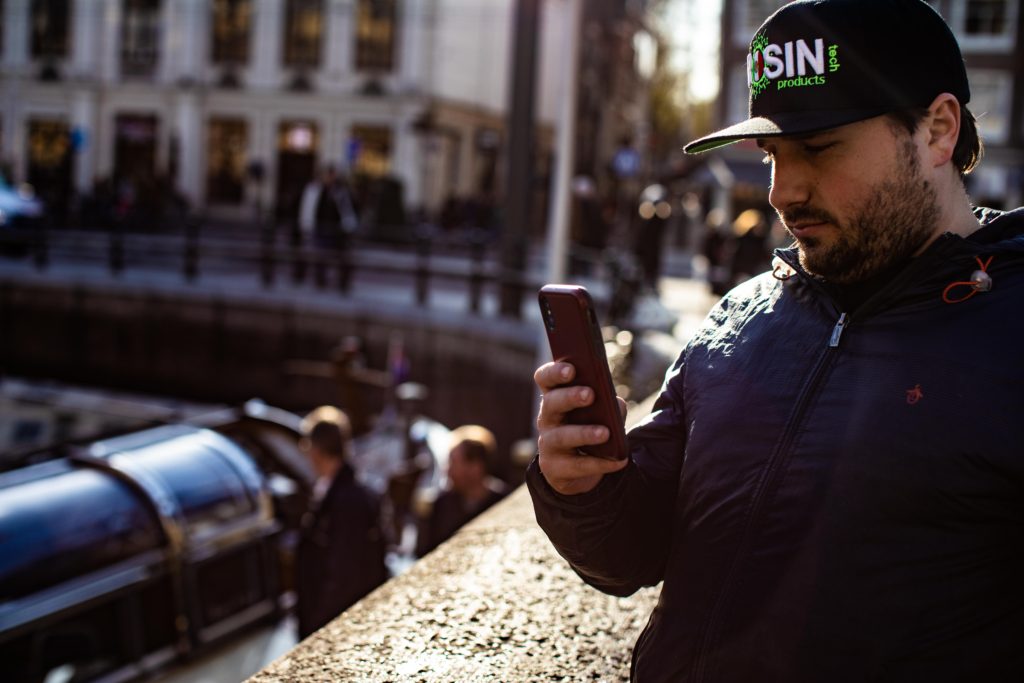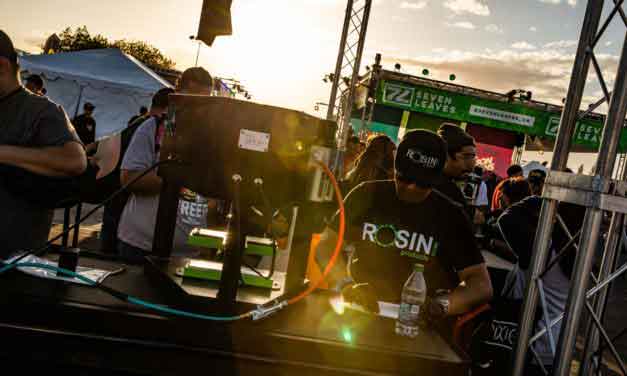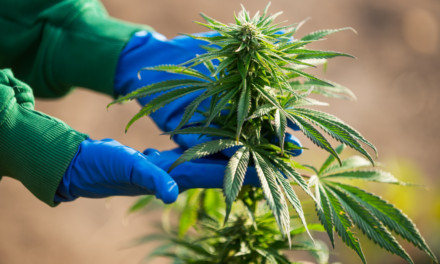Last year, The High Times Cannabis Cup celebrated its 30th anniversary. Being the premier event in the cannabis calendar, the Cannabis Cup represents a pilgrimage for enthusiasts looking to sample the best weed the world has to offer.
In this two-part series we’ll delve into the long and fascinating history of the Cup, and its lasting legacy. But first we need to introduce a very special place, the country that made it all possible to begin with: the Netherlands.
Welcome to Amsterdam

For decades the city of Amsterdam has been the mecca of cannabis. And in that time, people have travelled from every corner of the globe to experience what they couldn’t in their own countries; freedom to use cannabis without the threat of being criminalized. For anyone who has had the pleasure of visiting Amsterdam and tasted that cannabis freedom, especially those visiting from countries with harsh cannabis laws, that liberation can be an emotional experience to say the least.
However, it may be a surprise to many that recreational cannabis use isn’t actually legal in the Netherlands, and never has been. The reason it is allowed is due to the Dutch’s novel approach to dealing with human vices. The Dutch recognize that people are going to do what they are going to do, regardless of whether it’s legal or not. So, instead of banning things that would force its citizens into dangerous situations and black markets, the Dutch say “let’s make a space for that,” a safe place where people can go and do their thing, and not bother anybody else.
It’s an unwritten harm-reduction focused pact between the government and its people that basically states, “Go here, and we’ll look the other way.” When it comes to cannabis use, the “Coffee Shop” is the designated free space. They’re littered all over Holland with Amsterdam obviously having the highest concentration of them, and are where anybody can go, buy, and consume cannabis freely.
Up until very recently, the Netherlands was one of the few places on earth where you could do this.
High Times Magazine
In 1988, Steven Hager a counterculture journalist who had made his name covering the birth of Hip Hop in New York, became the editor of High Times Magazine. He was instrumental in removing hard drugs like cocaine and heroin from the publication’s pages, and instead refocused the magazine fully on cannabis culture, lifestyle and cultivation.
As a cannabis aficionado, Hager had made numerous trips to Amsterdam, making lifelong friends along the way, and regularly sent High Times reporters to cover events in Holland’s Shangri La of weed. It was during one of those trips that the idea of a competition among cannabis cultivator to see who could grow the best weed was born.
A team of expert judges would sample the best cannabis cultivated in the Netherlands and award the High Times Cannabis Cup to the grower with the dankest bud. It was only natural that Amsterdam would host such an event, as it was literally the only place in the world it could take place.
The First Cannabis Cups
The very first High Times Cannabis Cup was held in November of 1988, in a single reception room above a bar in Amsterdam. Consisting of a small panel of experts judging just a handful of seed companies, the first cup was a modest affair. Skunk #1 from Cultivators Choice took the honors to become the first Cannabis Cup winner.
The preceding events where much the same in terms of turn out and scope. Additional awards were added with further cups for best Sativa, best Indica and best Hybrid, and also 1st, 2nd, and 3rd place prizes for each cup. But taking place in small rooms with only 50 or so people attending, it’s safe to say there was little fanfare to those early events.
The 90’s Underground Heyday
Word was spreading however, and by the sixth High Times Cannabis Cup, over 800 people were in attendance. Spawning live entertainment and educational seminars, the cup had become a genuine attraction in just a handful of years.
With the addition of the Coffee Shop Cup, the competition was effectively opened up to the public to compete in. Amsterdam’s Coffee Shops had long cultivated their own strains, and could now duke it out to see which had the best weed. This Cup was also open to public voting and now any visitor to the cup could buy a judge’s ticket. The aim was to precipitate a coffee shop “crawl”, where public judges could visit and sample the strains up for awards, and then vote on their favorite.
The awards themselves were also becoming more prestigious. Winning it meant something. For seed banks, it translated into increased sales of winning strains to cultivators. Plus, coffee shops attracted more customers if they had award winning bud.
In the mid to late 90’s, the High Times Cannabis Cup was an underground cannabis extravaganza. There was nothing else like it on earth.






Trackbacks/Pingbacks